There were three main types of anti-aircraft guns in use in WW2.
The 40mm Bofors was a Swedish design and both supplied to and produced under licence by all sides. The main feature of the Bofors was that it was designed to offer a rapid-firing close defence with portability. It could be towed by relatively small vehicles and deployed rapidly on the battlefield. All branches of the British military used the Bofors and a large number were abandoned in France following the fall of France.
The 3.7-inch AA gun was a medium gun directly comparable to that of the German 88mm; however, unlike the 88, it was never actually employed for anything other than AA use. Larger and heavier that the Bofors, it was nevertheless still portable and again these were abandoned in large numbers in France following their defeat. The 3.7-inch was by far the most numerous (in terms of numbers used) AA gun used by the British during WW2.
The 4.5 -inch was the heavy AA gun of the British military. Unlike either the Bofors or the 3.7-inch, it was not intended to be portable for use in the field; rather, it was deployed in prepared emplacements.
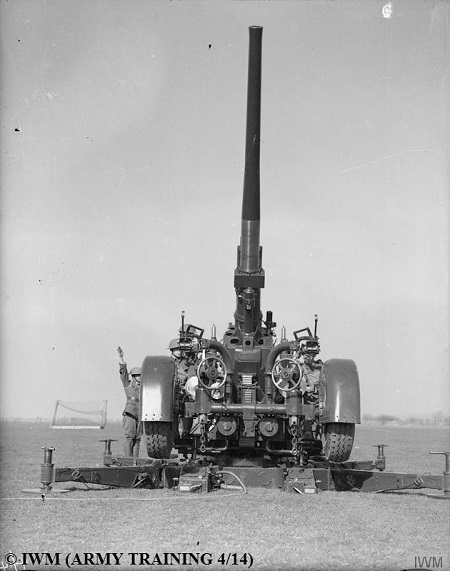
3.7-inch AA Gun
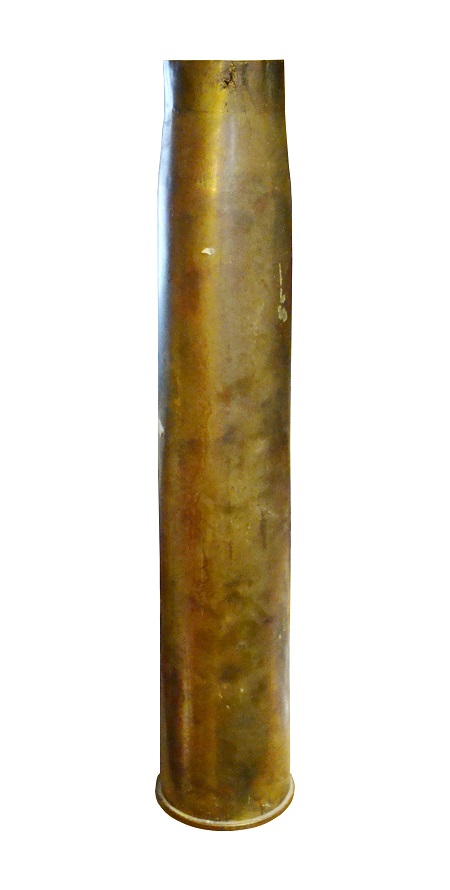
Shell case for the 3.7-inch AA gun.
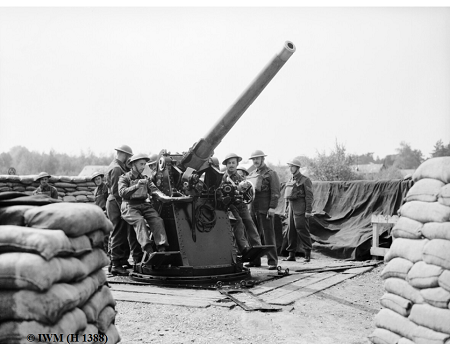
Fixed emplaced 3.7-inch AA gun.
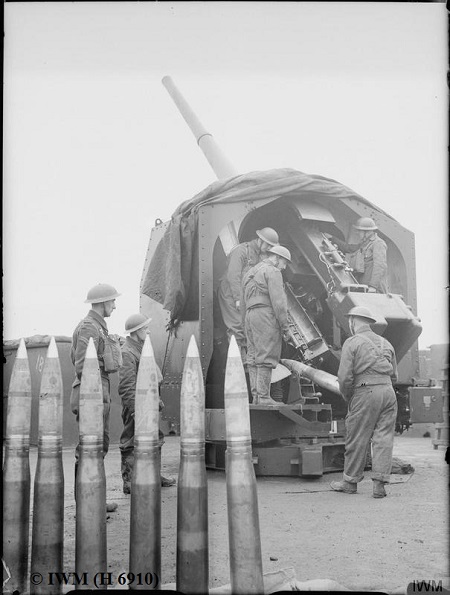
4.5-inch Heavy AA gun position.
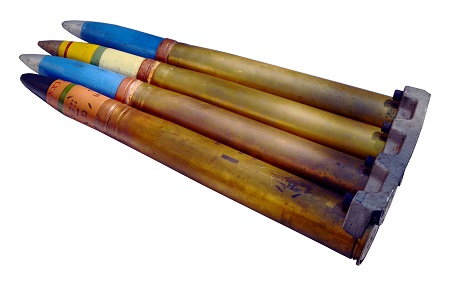
Clip of four Bofors rounds. The clip allowed for both ease of transport and loading.
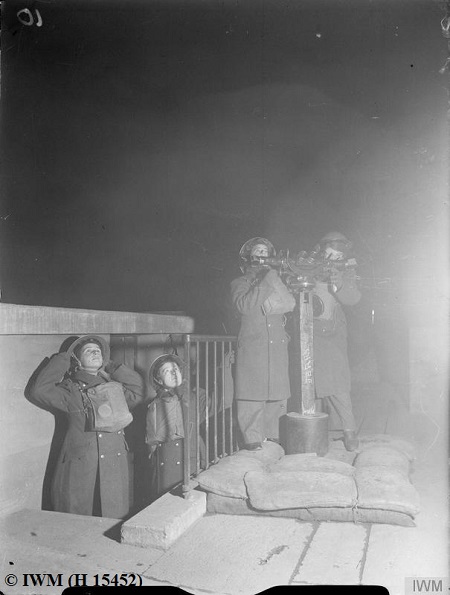
Members of the ATS using range finding scope.
To view images of a surviving heavy anti-aircraft battery (HAA) please click here.
